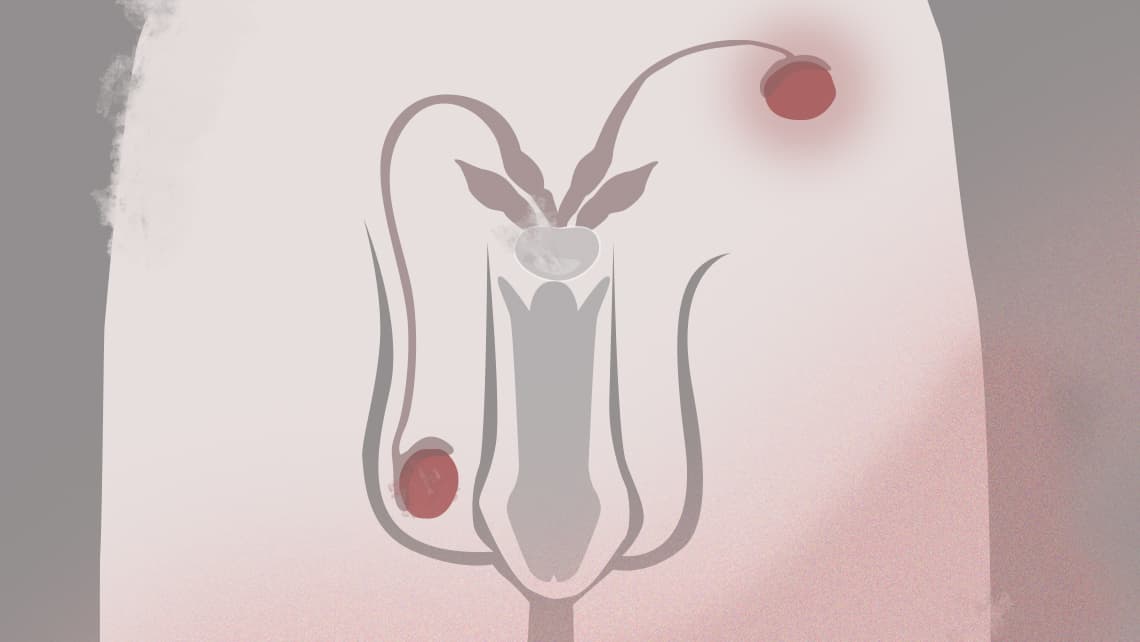
Infertility in men and cryptorchidism
Cryptorchidism, from the Greek words kriptos (hidden) and orquis (testicle), is the failure of one or both testes to descend to the scrotum. It is estimated that between 2 and 5% of newborn boys have this abnormality although the figure rises to 30% when premature boys are taken into account. In many cases, the issue resolves itself naturally and, as a result, at one year of age, only 1% of boys have the condition.
Cryptorchidism causal factors are:
- Hormonal. That is, a deficiency of certain hormones during pregnancy or during the child’s first few months following birth.
- Anatomical abnormalities. The most common of these are abnormalities in the tissues involved in testicular descent.
- Genetic causes. Klinefelter syndrome (males with an additional X chromosome), a Y chromosome that is longer than normal and other genetic abnormalities.
- Environmental factors during foetal life are also taken into consideration nowadays with regards to this pathology (illnesses in the mother during pregnancy, chemical agents, etc.).
Temperature is an important factor in testicular function and the fact that the testicle has not descended is damaging because it is exposed to higher temperatures than it otherwise would be in the scrotum.
There are several ways to treat the condition:
- Surgical intervention. This is the most efficient method currently available and it consists of relocating the testicle to the scrotum. If the testicle has not descended one year after birth, there is an elevated risk that the cells that generate spermatozoa will deteriorate. Therefore, surgery is recommended before the child is 18 months old and always before he is 5 years of age. Unfortunately, we still come across cryptorchidism in children who are older than this.
- Hormone treatment. This is only recommended in a small number of cases.
In most cases, cryptorchidism is unilateral (just one undescended testicle) and there is less of an impact on fertility than in cases of bilateral cryptorchidism (two undescended testicles). In the latter, we often come across serious abnormalities in semen quality even to the extent of an absence of spermatozoa in ejaculate (azoospermia).
Fortunately, nowadays there are techniques that allow us to obtain spermatozoa and perform in vitro fertilisation treatment. Retrieval is performed by collecting a small amount of tissue by means of testicular puncture under local anaesthetic and aspiration using a fine needle (FNA) or by means of a testicular biopsy, a technique that obtains fragments of the testicle.
As well as its link to fertility issues, it is also known that cryptorchidism that is not treated in a timely manner is linked to an increased testicular cancer rate. Therefore, correct diagnosis and treatment are crucial.
María Carmen Tió, a biologist at Instituto Bernabeu
